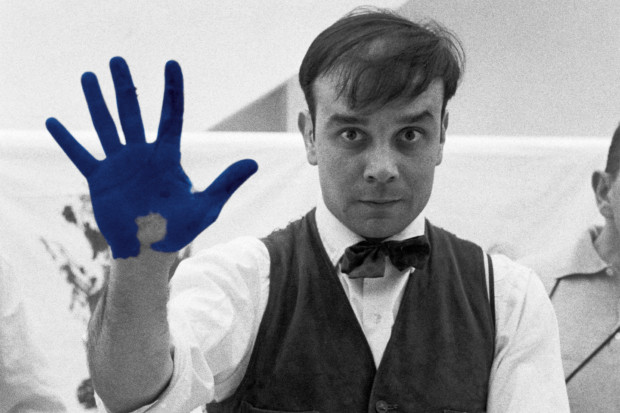
Yves Klein
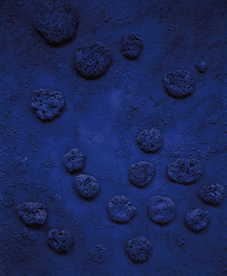
Blue Agreement
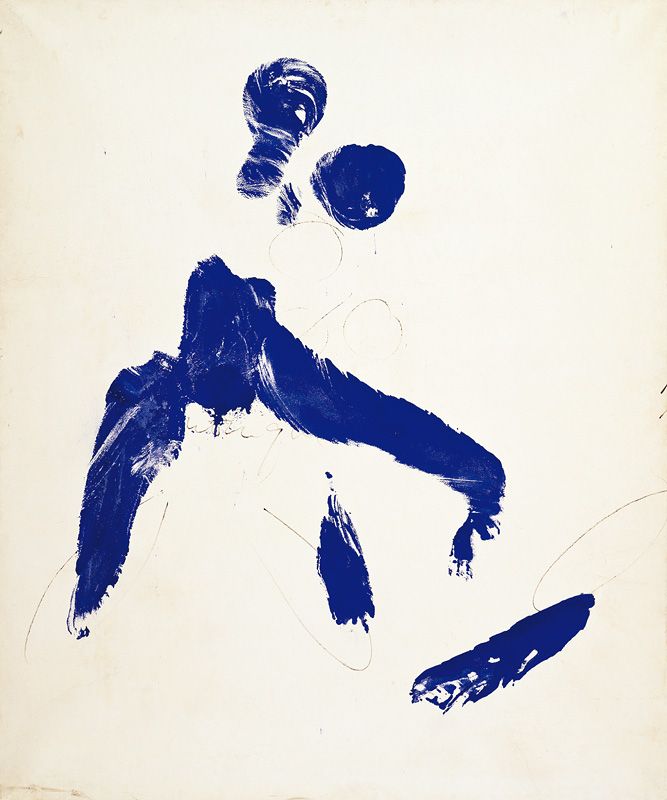
Monique Ant 57, 2004
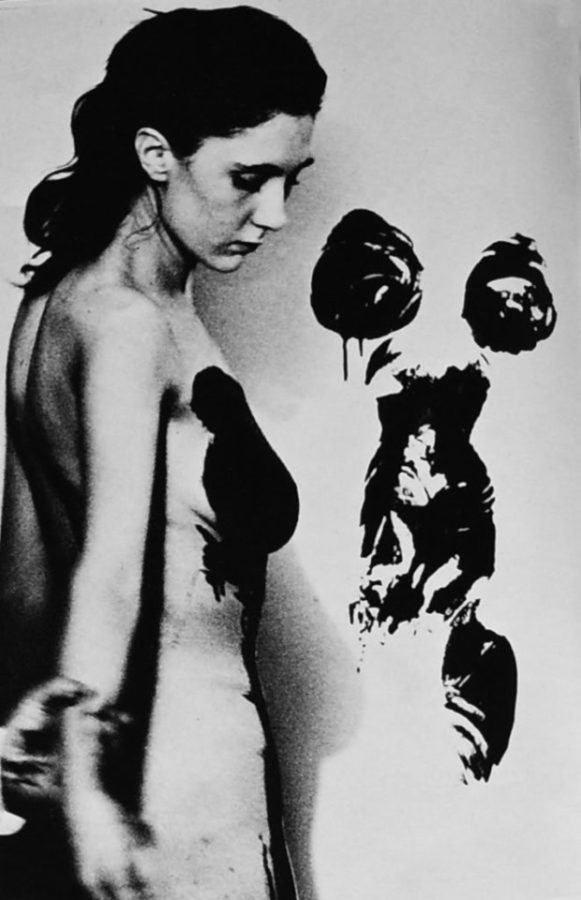
Anthropometry - performance art
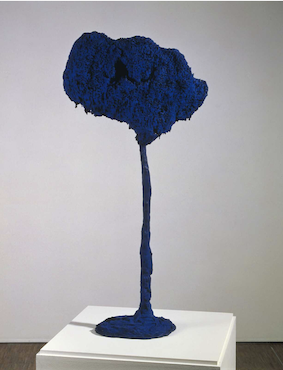
Tree, Large Blue Sponge, 1962
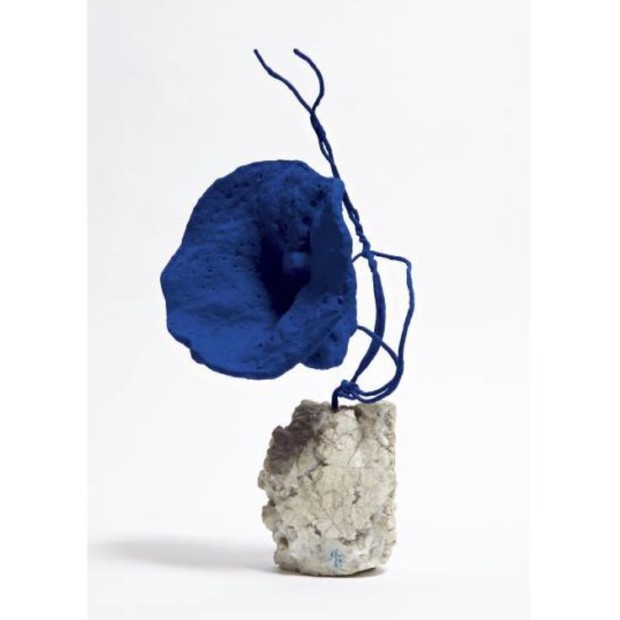
Untitled, blue sponge sculpture
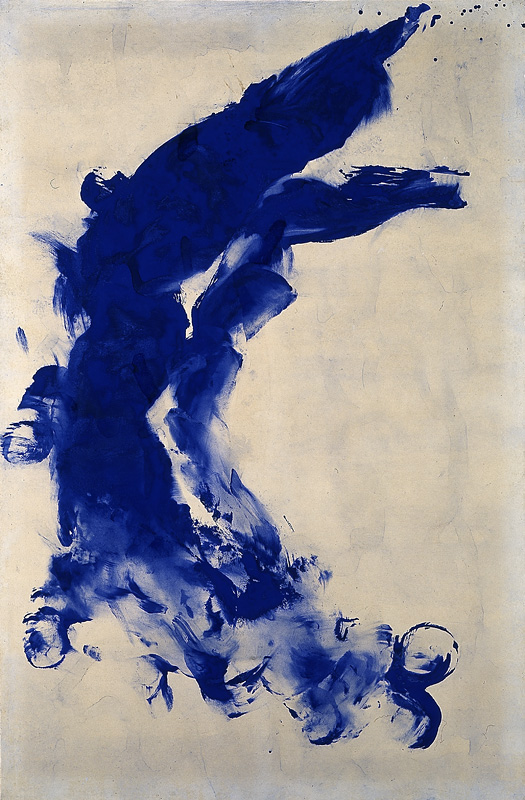
Barbara Ant, 113
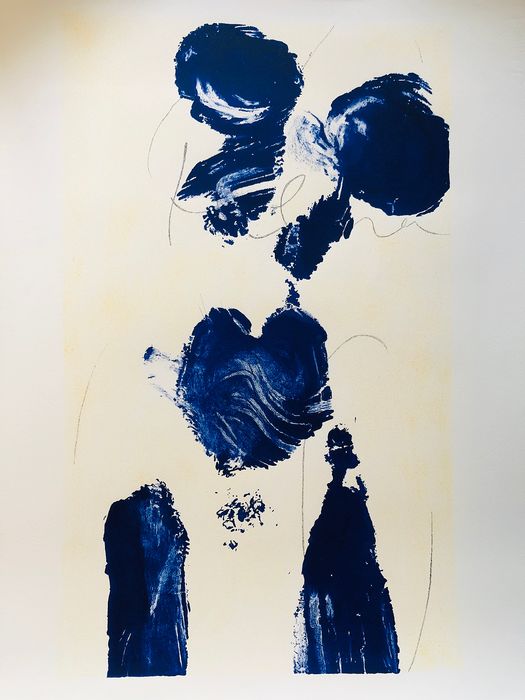
Helena Ant, 61
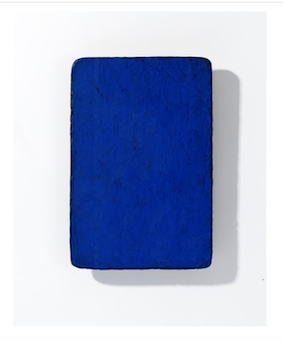
Monochrome bleu, IKB 280, 1957

IKB 240, 1955
Find in store:
Yves Klein
Blue Agreement
Monique Ant 57, 2004
Anthropometry - performance art
Tree, Large Blue Sponge, 1962
Untitled, blue sponge sculpture
Barbara Ant, 113
Helena Ant, 61
Monochrome bleu, IKB 280, 1957
IKB 240, 1955
Who is Yves Klein?
Yves Klein was a french artist, celebrated for his blue monochrome paintings, audacious techniques and new ways of approaching and thinking about art.
Alongside art critic and founder Pierre Restany, Yves Klein was a member of the artistic movement; Nouveau Réalisme which was a French movement that could be seen as a European counterpart to pop art, instead using collage and assemblage.
Born in 1928 in Nice, during the late 1940s, Klein grew up with both parents as painters. When he moved to Paris in 1954, he decided to fully dedicate himself to art and to what he called his ‘adventure into monochrome’. This was the only form of painting that allowed him to make ‘the visible absolute’.
Many say Yves Klein was a pioneer in the development of performance art as well as an inspiration to other art styles such as minimalist art and pop art.
Yves Klein tragically died of a heart attack at age 34 in 1962.
What mediums does Yves Klein use?
Paint is the most common medium used by Yves Klein, he works with paint on canvas, sculptures and in performance art.
His work ‘Anthropometry’ was a performance art piece where models painted their bodies in blue paint and used their bodies to paint large canvases.
What is Yves Klein's artistic style?
Klein is a monochromatic artist, known for his use of blue. This colour was used as a vehicle to capture immateriality and is a celebrated hue world wide known as IKB (International Klein Blue).
He chose to express feeling rather than figurative form and believed the work of art to be a communication between the artist and the world. According to Klein, beauty existed everywhere but in a state of invisibility and it was his job to capture this beauty wherever it may be found, expression this in his art.
Some of Klein's early monochrome artwork before 1957 also used orange, yellow, pink, red and green. Klein also made a number of monogolds, with gold leaf from 1960 onwards.
What makes Yves Klein an inspiration to Meadowlark?
We love how conceptual he was, how some artworks were also performance art, it's sort of amusing and genius.
The Klein blue is so iconic and his use of gold with blue is inspiring and jewellery like which is what caught our eye when designing the Paradis collection.
The ultramarine blue is very aesthetically pleasing, and it's quite amazing that he is known for something so singular - that a colour is instantly recognised as his.
Our favourite piece/s of work
Barbara Ant, 113 and Helena Ant, 61 are some of our favourites however “If I could choose a couple of pieces to have in my home it would be Monochrome bleu, IKB 280, 1957 & IKB 240, 1955” - Claire Hammon, our Creative Director.
Yves Klein
Blue Agreement
Monique Ant 57, 2004
Anthropometry - performance art
Tree, Large Blue Sponge, 1962
Untitled, blue sponge sculpture
Barbara Ant, 113
Helena Ant, 61
Monochrome bleu, IKB 280, 1957
IKB 240, 1955